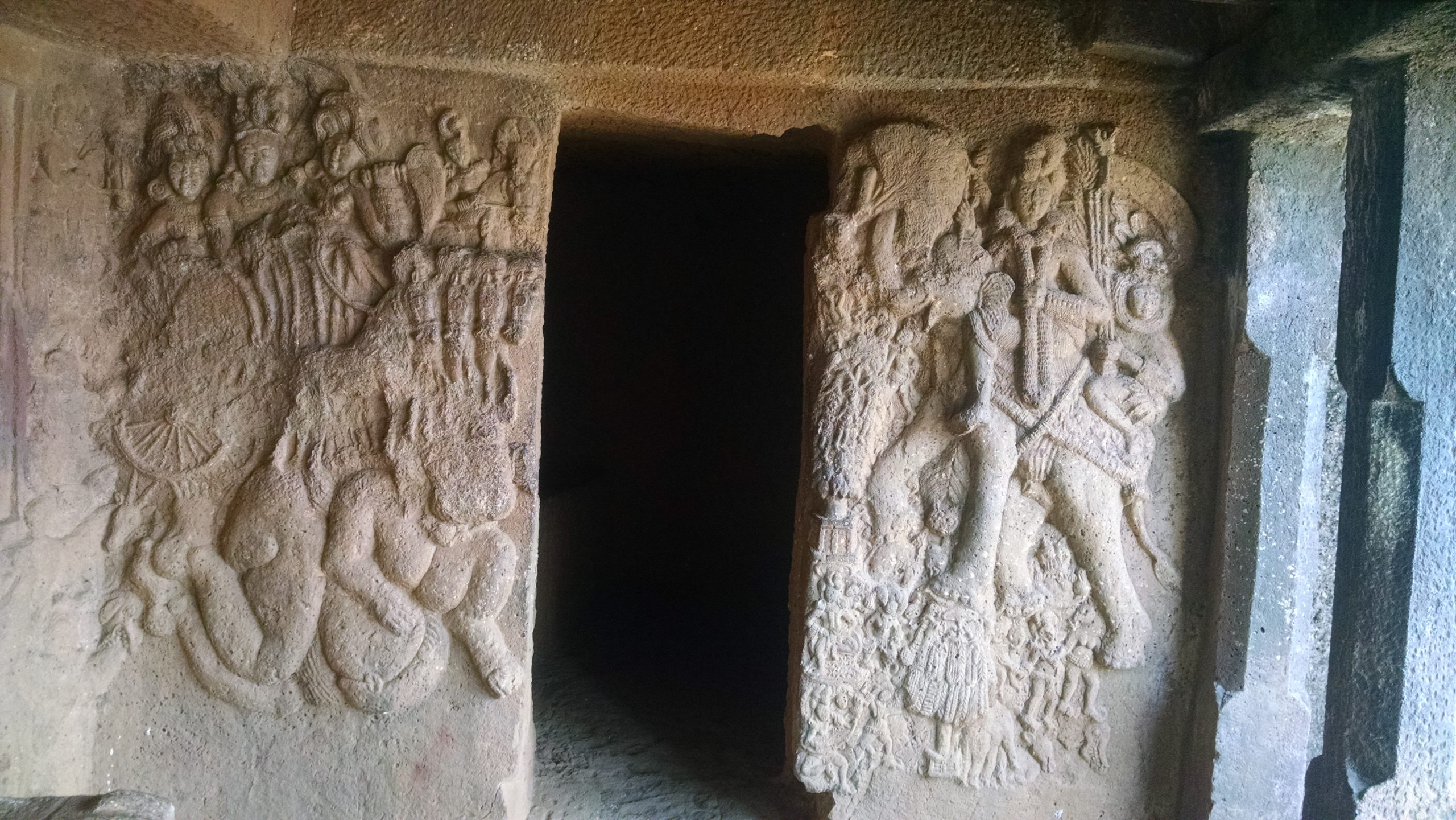
A year after my blog post on the topic of the Aryan invasion, I am revisiting the topic on Brownpundits, not as a query into the historical question but as a question of identity and politics.
The Aryan debate touches a variety of political faultlines in India and hence is not going to be settled anytime soon I presume, yet intellectually I think it is a non-sequitur for most of the alleged issues around which the issue is discussed. Those issues being (not necessarily in order of importance)
- Western colonialism and racism and its converse in India. (Identity)
- The Jati-Varna system and its legacy in India
- Dravidian nationalism
- Islam and Christianity in Modern India.
- Love for native antiquity and religious dogma.
My primary issue with the politics around this issue is that it clearly prevents intelligent and passionate people interested in the topic from pursuing it clear-headedly (Not that researchers don’t get illogically attached to their theories in face of overwhelming evidence). Perhaps the example of Colin Renfrew (Anatolian farmer hypothesis) accepting the Kurgan hypothesis (Marija Gimbutas) after the ancient DNA work came out is an outlier but it is still good to know such examples.
As far as the politics go, it’s fair to state that it’s the Hindutvadis who are at the vanguard of pushback against AIT/AMT (however it’s important to note that there are notable exceptions, and not all Hindutvavadis are invested in this debate). Also some non-Hindutvavadi (especially traditional Hindus and Indians with nativist anti-colonial mindset) are also invested in this debate.
Identity: Western colonialism and racism and its converse in India.
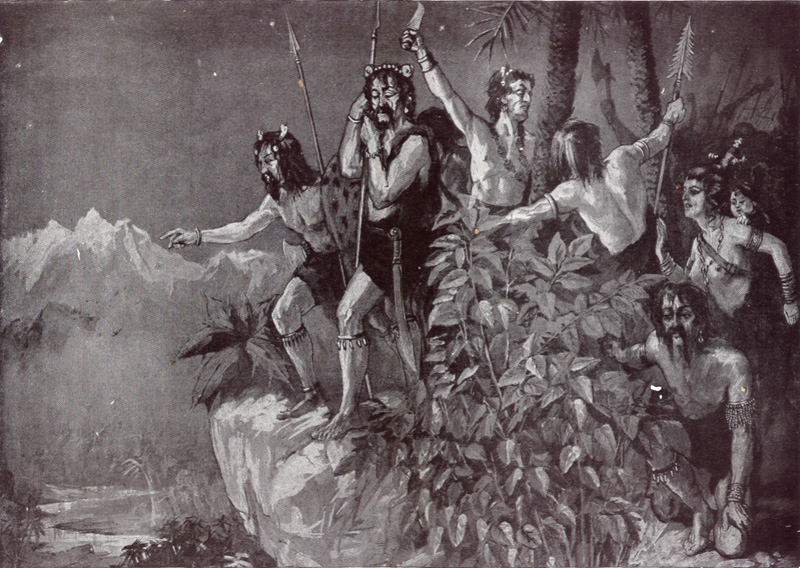
The genesis of the Aryan invasion theory was in the racist notions of white and European superiority – “White horse warriors who spoke a form a proto Sanskrit arrived in the subcontinent and subjugated the dark, stubby-nosed natives of India” (in process civilizing them). The extrapolation of this being – what the British colonizers were doing was just the latest upgrade of civilization being uploaded in the lands of relapsed natives. But then the stunning finds of the IVC began poking holes in this simplistic racist take. Though initially Indra was accused of the destruction of the IVC, later developments in the field acquitted him. However, it is important to note that as migrations became unpopular in global academia for the spread of cultures (post the Nazi Aryan theories), the Aryan migration theory remained mainstream in Indian academia (though the initial racist and simplistic narratives were rejected even by eminent Secular/Marxist historians).
Rejection of the AMT based on the circumstances of its genesis still remains a major reason for the rejection of AMT by Indians. The sentiment behind it being “No white men from outside civilized us”. However, it needs no pointing that in the academic chronology of Indian history, the Pre-Aryan IVC is the major Copper-Bronze age civilization known to us. As we discover more about pre Iron age peninsular India, we find the Stone-Chalcolithic age in the geographic region of India went far beyond the IVC and north Copper hoard sites. At this point, it is fair to assert that Rice cultivation developed somewhat independently in the region East of Punjab. Even basic ancient Indian books like Ancient India by Upinder Singh and India’s Ancient Past by RS Sharma have good length devoted to non-IVC pre-Iron age India.
No white men from outside civilized us” seems settled but its converse is commonplace in nativist Indian circles these days. The term Indus valley “civilization” is only used for the 2600bce to 1900bce Urban period, yet the web is replete with articles that push back the dates of “civilization” in IVC sites (as back as 8000 BCE), particularly Rakhigarhi which incidentally falls in modern India. This need for everything good happened in Ancient India first manifests itself in badly researched and tenous articles like this one – My response to it – here.
I see this need to find Ancient Indian examples for political or scientific advances without robust data to be the mirror to the Racist colonial theories.
Varna divisions and Dravidian faultlines: 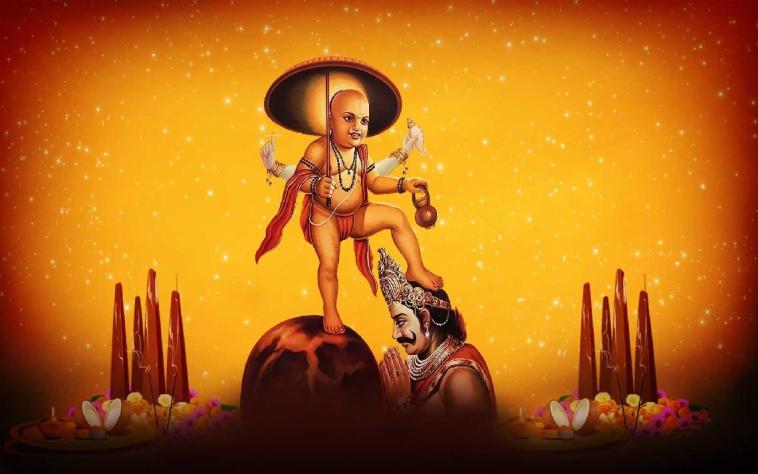
Some critiques of the AIT/AMT take umbrage to the instrumental use of AIT/AMT by Brahmins/Kshatriyas to justify the Varna system and also by Dalit/Bahujan activists to “Smash” Brahmanism and thus by proxy Hinduism. The annual Durga-Mahishasur controversy and the Vaman-Bali Onam flamewars keep the controversy in the news.
The Eurasian-like ancestry (ANI ancestry) in India (Both Steppe pastoralist and IVC-like) is mostly correlated with the Varna status. The somewhat ethnic nature of the Varna hierarchy is unpalatable for modern Hindus to digest. However, it is important to note that such ethnic divisions in classes are commonplace around the world. While it is fair to assume in pre-modern times the interactions which led to the great mixing of the Indian subcontinent (2000BCE to 0AD) had violence and exploitation cooked into them, the reasons also could be explained without the worst subjugation imaginable.
Anyways it’s a fool’s errand to indulge in finding conclusive evidence in pre-literate history, I would argue that the question of Aryan Migration is irrelevant to this oppressor-oppressed narratives. From outsiders’ accounts, native sources as well as genetics, I think it is fair to conclude that after initial intermixing, a group of people who happened to have a higher proportion of certain ancestry (genetic/ cultural) dominated another set of people – either organically or systemically. Razib Khan makes this point very succinctly in his substack.
However, to this uncomfortable conclusion, it does not matter whether the ancient Arya expanded from the Kazakh steppes or the Punjab region or even Anatolia for that matter. The boundaries of Aryavarta in the subcontinent were themselves always expanding into their margins, and only after the complete expansion does the notion of Sacred geography become important; not before. Politically this point will be made either honestly or dishonestly by westerners and political opponents of Hinduism (not just Hindutva) – but there is space for a nuanced counter without indulging in ad-hoc denial which logically may be irrelevant. Even the most dogmatic adherents of sacred geography have to reflect that there was a time the geography wasn’t sacred.
Dravidian nationalism:
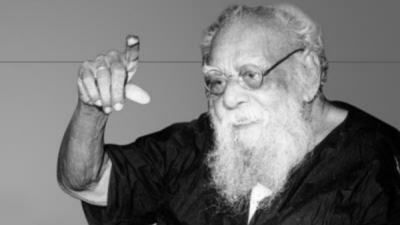
While most of the points made in the above passage are relevant to the question of Dravidian nationalism, its (Dravidian nationalism) basis is shakier than the Varna ethnic division. This point is made wonderfully by Razib khan here. Most probably IVC exodus had begun before the arrival of Steppe pastoralists (Arya in my opinion), so at best the pre-history can fit a model of subjugation of peninsular natives (AASI adjacent) by the farmers and pastoralists who left the collapsing IVC southwards. As mentioned before, it is a mug’s game to impose oppression Olympics on pre-history, but if it has to be done then the one mentioned in the previous line makes more sense than the Aryan-Dravidian dichotomy. The model that two elite cultures were interacting, integrating, subjugating, and co-opting natives – one in the north and one in the south while interacting with each other along the periphery seems to be the parsimonious explanation. In the mood of speculation, I would add that there was another elite culture in the mix – which Michael Witzel now calls – Kubhā-Vipāś substrate (which he earlier called Para-Munda) – corresponding to the remnants of the IVC in the North.
Islam and Christianity:
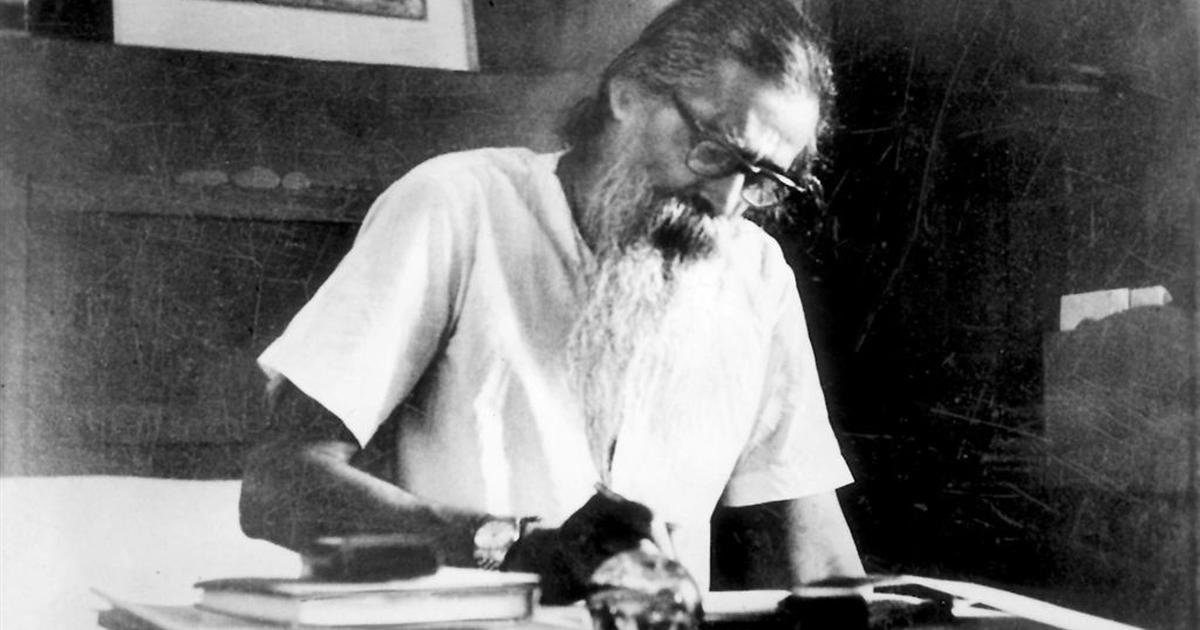
Arguably this remains the biggest reason Hindutva remains politically opposed to AMT. The initial framing of Hindutva by Savarkar and Golwalkar made use of the insider-outsider analogy. While Savarkar saw no dissonance between his framing of Hindutva and Aryan migration, it was the religiously dogmatic and un-intellectual-ish Golwalkar whose framing of Hindutva rested on Hindus being native to the subcontinent since the beginning of time. Armed with the AIT/AMT the opponents of Hindutva have attacked this particular point scornfully in Golwalkar’s framing as a slam-dunk. Examples of this being this particularly transparent framing by Shoaib Daniyal. (given that he knows linguistics and must know that Rigvedic Sanskrit was most probably spoken in India around the same time).
However, this point shouldn’t matter for the intellectual foundation of native Indian thought (Hindutva ++) because.
- One of the most common points made by AMT skeptics is that the Rigveda doesn’t clearly remember some older homeland. This point alone is enough to deny the Hinduism is foreign to the subcontinent argument. Firstly what we understand as Hinduism today is far different from the religion of the Rigvedic Aryans. Hinduism cannot at the same time be a British invention as well as imposed 3 thousand years ago by invading Aryans.
- On the contrary viz. Turkic invaders who became rulers of the North and Central subcontinent were evidently aware of their foreign stock. Before most of the north Indian dynasties could go native, they were replaced by newer invaders for centuries. The Portuguese who violently brought Christianity to the coasts of India were equally sure of who they were and who they were not. As with the Parsis, Cochim Jews and British.
- As I have argued before, current Hindu-Muslim faultlines have less to do with what the medieval invaders did and more what the Pakistan movement achieved and how Muslim intransigence and Hindutva consolidation have progressed since independence. This is a contested opinion and I plan to handle it sometime later in a separate post.
- While Aryas and Medieval invasions remain contested and debated hotly, the dozen or so invaders who invaded post the Vedic period (barring Alexander) are not even footnotes in the discourse of the day. This brings me to the more important differentiation – data becomes sparse we go back and wrt to the Aryan migration we are truly holding at straws for building our narratives. Ex – the alleged anti-idolatry sentiment in the Rigvedic Aryans (wrt to some smashed Proto-linga from old Indus sites) is so flimsy and incomparable to the medieval invaders (more importantly the iconoclasm of the later kind remains as relevant today as it did in the medieval time)
Ideally in a modern democracy, all citizens have equal rights no matter whose ancestors came into the geographical entity when, but some framings of Hindu Rashtra (not all) make Muslims and Christians lesser citizens. While this yardstick continues to be used, arguments and rebuttals on this dubious point will continue (but it need not be).
Issues with academic chronology:
Unlike most states who have founding myths in historic times (barring China, Egypt, and Iran I guess), the foundations of the Indian civilizational state go back well into the Bronze-Iron age. The historic timeline of Agriculture (till IVC) 3500BCE -> IVC (2000BCE) -> Vedic period (1500-700 BCE) -> MahaJanapada period (700-300 BCE) are at odds with most chronologies popular among Hindus (even Jains for that matter). While the absolutely ludicrous timelines presented by Nilesh Oak have widespread support, it is far beyond my ability to address them. However, the academic dating of Indian history makes the Rigveda a 3500-year-old text at most, the events of Mahabharata (if they really occurred) as a 3000-3500 -year-old event. I guess Hindu traditionists (not necessarily Hindutvavadis) cannot digest the inconsistencies of traditions with academic history. While this appears to be an insoluble issue, I think like scientific oriented Christians and Jews who no longer hold the Book of Genesis as a historical text, Hindus can also look at their traditions from a rational lens (though currently where the truly scientific lens differentiates from the colonial lens is contested). However, this is easier said than done as the parallels between Creationism and Indian traditions (especially Itihasa) are unfair (as especially young-earth Creationism is way easier to dismiss).
In most of the above points, the Aryan debate remains irrelevant to the political narratives if one faces them with intellectual honesty, maybe except in the case of timelines. Ex: Brits whose self-conception goes back to the Magna Carta at most, don’t care whether Romans invaded and occupied Celtic Britain. Neither do they care about the Viking invasions or Norman conquests (as much). Unfortunately, Indian self-conception as a civilizational state goes back further than the Muslim invasions. Hence to counter the inconvenient history, the pre-historic events attested in one of the earliest texts of human history remain contested. Also the “we are a 5000-year-old civilization” drum cannot be beaten endlessly if Rigveda is dated to 3500 years ago – the date is irrelevant – the idea of the antiquity of ancient texts is not. It is the notion of eternal or Sanathan Dharma that trumps considerations, whose genesis is lost in the mist of time.
Postscript:
This essay is not an attempt to convince the ideologically dogmatic about the intellectual irrelevance of the debate but to convince those who try to be intellectually honest on both sides to rethink the linkages of politics to this debate.
Also, the AIT/AMT debate is not politically used against Jainism and Buddhism – whose texts also had the Arya-Mleccha distinction. Indra continues to be a Buddhist/Jain deity even outside the subcontinent.
Romila Thapar , in an address to the Indian History Congress, said Aryan question is a red herring in Indian history. Perhaps and very likely she was right. . OTOH , she herself edited a book on Who are Aryans recently. For a red herring, she has spent lot of time.
Its a good book though. She has delved into politics but I like her writings (ignoring the glaring politics).
She makes the claims of DasiPurta Brahmins as the Arya integrating with natives and bringing up non Arya leaders like Brbu, Balbhatu etc etc.
Anyways the book wasn’t worth the money spent – but still a good read
At least you got the book. I ordered it because Razib apparently had a chapter in it and it never arrived. Eventually I had to cancel it through Amazon.
Anyways – nice content. I’m waiting for the day we finally address DIT – Dravidian Invasion Theory – how the dravidian people conquered southern India while pushing out the space for tribal people.
When thapar made that statement AIT was mostly used against Indian civilization rather than hindutva. In the following decades the non hindutva camp has come around thinking that AIT is perhaps the only thing which can dent hindutva ( which they are wrong but still…)
Thapar ideology and scholarship clash at this point. AIT is a convenient weapon but her scholarship doesn’t allow it to embrace it whole heartedly like Daniyal or Joseph did. Especially when her priors has been Pooh pooing the same theory.
\Dravidian nationalism\
I think too much importance is given to the putative Dravidian nationalism. If nationalism has a strong territory component, then DN is a airy fairy concept. It’s followers themselves knows what a miasma it is. DN , if ever there was one, was more relevant in old Madras Presidency. With the linguistic reorganization of states in south India, the whole basis has collapsed. It was basically seized upon by powerful landowning Tamil castes for seizing and maintaining political power locally. In that they have succeeded and continue to succeed. OTOH, there are other voices which reject DN or Dravidian ideology as inimical to Tamil nationalism and the two are at loggerheads. As always happens in Tamil speaking world, all these ‘ideologies’ are struggles by different castes for jockeying for power and resources. caste rivalries and conflicts are expressed in earth shaking terms
True – and well put I think.
But I didn’t want to make claims about DN when I only understand it superficially.
We N-Indians understand DN as much as S-Indians understand N-Indian politics.
‘…caste rivalries and conflicts are expressed in earth shaking terms.’
bit of an understatement.
>The term Indus valley “civilization” is only used for the 2600bce to 1900bce Urban period, yet the web is replete with articles that push back the dates of “civilization” in IVC sites (as back as 8000 BCE), particularly Rakhigarhi which incidentally falls in modern India
This is important in another way. Occasionally someone will say that the pre-iron age prehistory of south Asia was Urban, and I have seen arguments of it starting from 7000 BC because grain exploitation goes back to 7000 BC to 8000 BC in northern south Asia. This is a bad argument. Its like saying near eastern Urbanism goes back to 20,000 years ago because grain exploitation started back then.
Between 7000 BC and 3300 BC, I don’t think that the most populous sites in south Asia were as populous as the most populous sites of Levant, Anatolia and Mesopotamia. Both as a group an individually. Meaning that the peak of Levant in that period was more populous than south Asia’s peak population center, same with Anatolia and the same with Mesopotamia. Instead, south Asia’s pre-bronze age development was unique in that it was mostly rural which suddenly exploded into an unprecedented urban phase between 3300 and 2600 BC which culminated in cities which were at least as large as the largest south Asian cities of the time and were built in a different and more organized manner. I would further say they were cleaner than their Mesopotamian counterparts. Utterly unlike people of the middle east who were so used to urbanism that they seemingly didn’t take the incentive to make cities like that because they were used to relatively more organic and in some ways dirtier cities that they had known for thousands of years before the bronze age.
*at least as large as the largest non-South Asian cities.
I pray for Bangladeshi Hindus. Very sad stuff. Open thread is closed but I had to mention it
Frankly AIT is constantly shifting goalposts. To give an analogy AIT is equivalent to arguing that zoomers discovered America.